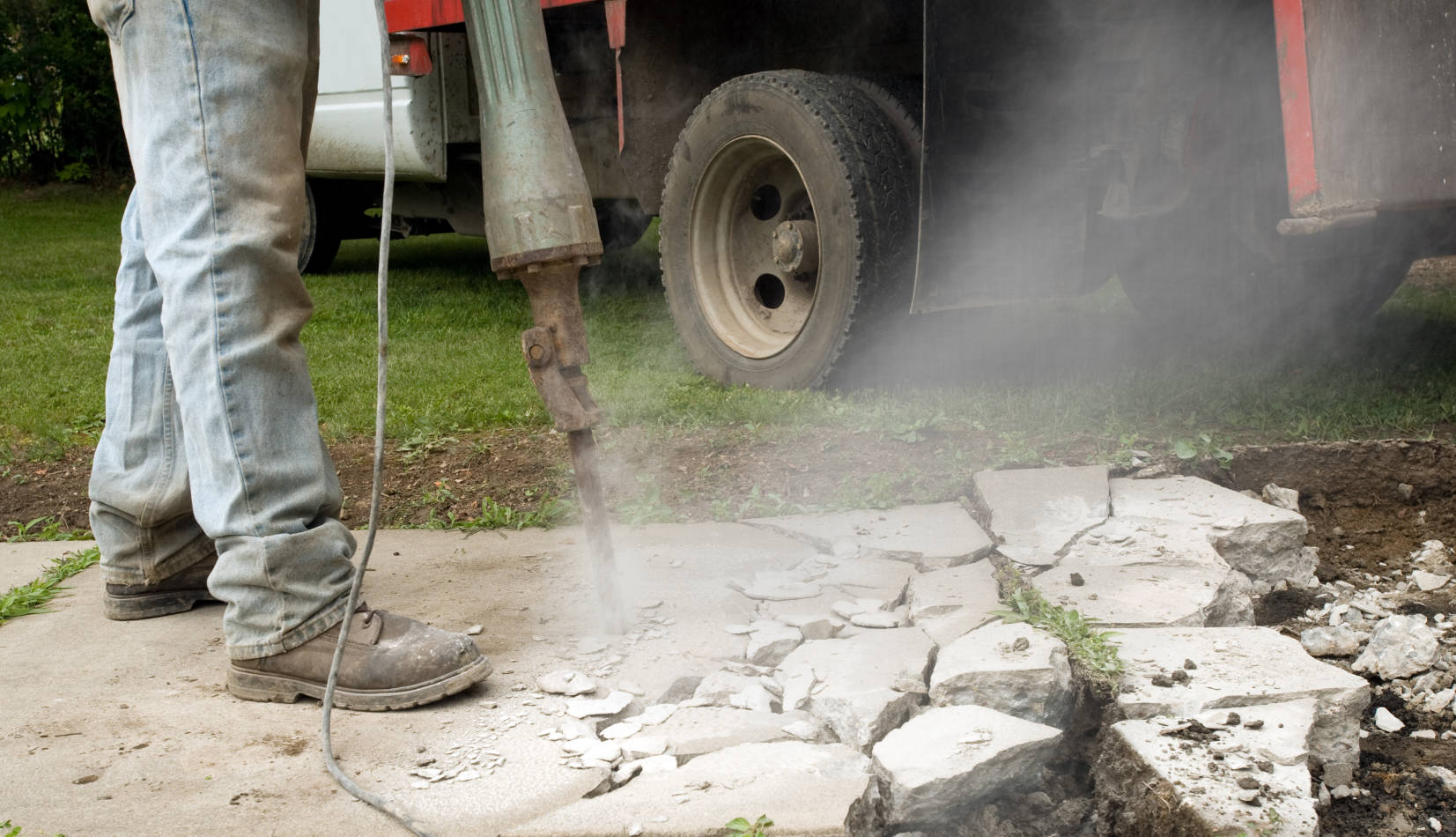

Articles
How To Remove A Driveway
Modified: December 7, 2023
Learn how to remove a driveway with these helpful articles. Find step-by-step guides, tips, and expert advice to make the process easier.
(Many of the links in this article redirect to a specific reviewed product. Your purchase of these products through affiliate links helps to generate commission for Storables.com, at no extra cost. Learn more)
Introduction
Removing a driveway can be quite a daunting task, but sometimes it becomes necessary due to various reasons such as damage, renovations, or even an expansion of your property. While it may seem like a challenging and time-consuming endeavor, with the right knowledge and tools, you can successfully remove a driveway without much hassle.
Before you begin the process of removing your driveway, it’s essential to prioritize safety precautions. Make sure to wear protective gear, such as safety goggles, gloves, and sturdy footwear. Additionally, keep in mind that you might need some assistance for heavy lifting and handling power tools.
In this article, we will guide you through the step-by-step process of removing a driveway. We will cover everything from gathering the necessary tools and materials to disposing of the debris and finally repairing and restoring the area. So, let’s dive in and get started with this rewarding DIY project!
Key Takeaways:
- Safely and efficiently remove a driveway by prioritizing safety precautions, gathering necessary tools, clearing the area, and responsibly disposing of debris. Proper preparation and restoration can transform the space into a functional and visually appealing part of your property.
- Prioritize safety, gather tools, clear the area, dispose of debris responsibly, and repair and restore the space to successfully remove a driveway. With determination and attention to detail, create a clean, renewed space that enhances the overall look and value of your property.
Read more: How To Remove Ice On Driveway
Safety Precautions
Before you begin removing a driveway, it’s crucial to prioritize safety throughout the entire process. Here are some essential safety precautions to keep in mind:
- Protective Gear: Wear safety goggles, gloves, and sturdy footwear to safeguard yourself from any potential hazards.
- Respiratory Protection: When working with dust or fumes, use a dust mask or respirator to prevent inhalation of harmful particles.
- Power Tools: If power tools such as jackhammers or angle grinders are required, make sure to follow the manufacturer’s instructions and use them with caution.
- Electricity: Be cautious of any underground utility lines when digging or using tools that may come into contact with electrical wires.
- Heavy Lifting: If the driveway materials or debris are heavy, ask for assistance or consider using equipment like a wheelbarrow or a dolly to avoid strain or injury.
- Clear Workspace: Remove any potential hazards from the work area, such as loose objects or debris that could cause accidents or tripping.
- Proper Disposal: Dispose of debris in a responsible manner, following local regulations and guidelines.
- Stay Hydrated: Keep yourself hydrated throughout the process by drinking plenty of water, especially during hot weather.
- Take Breaks: Remember to take regular breaks to prevent fatigue and to give your body a chance to rest.
By following these safety precautions, you can significantly reduce the risk of accidents and ensure a safe working environment while removing your driveway. Always prioritize your well-being and take the necessary steps to protect yourself during the process.
Gather the Necessary Tools and Materials
Before you start removing your driveway, it’s essential to gather all the necessary tools and materials to ensure a smooth and efficient process. Here is a list of items you’ll need:
- Safety Gear: Safety goggles, gloves, hard hat, dust mask/respirator, and sturdy footwear to protect yourself during the work.
- Hand Tools: Shovel, pry bar, sledgehammer, and pickaxe for removing smaller parts of the driveway and breaking up concrete.
- Power Tools: Depending on the size and complexity of your driveway, you may need tools like a jackhammer, angle grinder, or concrete saw for more significant demolition.
- Dumpster or Wheelbarrow: An appropriate container for collecting and transporting the removed materials and debris.
- Personal Protective Equipment (PPE): Safety goggles, gloves, and a mask to protect yourself from dust and debris.
- Measuring Tools: Tape measure, level, and string for assessing the area and ensuring proper slope and alignment.
- Contractor Bags: Heavy-duty bags for containing and disposing of smaller debris and waste materials.
- Plywood or Tarps: Use plywood or tarps to protect surrounding areas, such as adjacent landscaping or buildings, from damage during the removal process.
- Drill and Bits: For removing screws or any fasteners that hold the driveway materials together.
- Safety Markers: Use bright markers or flags to highlight potential hazards, like underground utility lines.
Ensure that all your tools are in good working condition and readily accessible. It’s also helpful to have a first aid kit on hand in case of any minor injuries that may occur during the process.
By gathering all the necessary tools and materials ahead of time, you’ll be fully prepared to tackle the driveway removal project efficiently and safely.
Clear the Area
Once you have gathered all the necessary tools and materials, the next step is to clear the area around the driveway. Clearing the area will provide you with ample space to work and help prevent any damage to surrounding structures or landscaping. Here are the steps to clear the area:
- Remove Obstacles: Clear any objects or obstacles such as vehicles, potted plants, or furniture that may obstruct your work area.
- Trim Vegetation: Trim any overhanging branches or shrubs that might interfere with the removal process.
- Protect Surrounding Structures: Cover nearby structures like buildings or windows with plywood or tarps to prevent any damage from loose debris or flying particles.
- Mark Utility Lines: Use safety markers or flags to identify the location of underground utility lines, such as gas, water, or electrical lines. Avoid digging or using heavy machinery in these areas.
- Secure Perimeter: Create a barrier using caution tape or barricades around the work area to ensure safety and prevent unauthorized access.
- Consider Safety of Others: If you live in a busy area or share the driveway with neighbors, notify them in advance about the demolition process to ensure their safety and avoid any inconvenience.
It’s crucial to take the time to clear the area properly before starting the removal process. This will help create a safe working environment and minimize any potential damage or disruptions to surrounding structures or individuals.
Prepare the Driveway
Before you begin removing the driveway, it’s important to take some preparatory steps to ensure a smoother and more efficient process. Here are the key steps to prepare the driveway:
- Inspect the Driveway: Examine the condition of your driveway and identify any potential issues like cracks, uneven surfaces, or damage. This will help you plan the removal process accordingly.
- Disconnect Utilities: If your driveway has any electrical or plumbing connections, disconnect them and ensure the utilities are turned off before starting the removal process.
- Remove Fixtures: Take out any fixtures or structures that are attached to the driveway, such as light posts, gates, or handrails. This will prevent any damage or interference during the demolition.
- Secure Perimeter: Create a barrier around the driveway using caution tape or barricades to ensure safety and restrict access during the removal process.
- Water the Driveway: Dampen the driveway with water prior to demolition. This helps to reduce dust production and makes the concrete easier to break up.
- Protect Adjacent Surfaces: Cover adjacent surfaces like walkways, lawns, or landscaping with plywood or tarps to prevent any damage or contamination during the removal process.
- Check Local Regulations: Before removing your driveway, check with your local municipality to ensure you comply with any permits or regulations that may be required for this type of project.
By taking the time to prepare your driveway properly, you can minimize potential damage and ensure a smoother removal process. It’s important to prioritize safety, protect adjacent surfaces, and follow any necessary guidelines or regulations set by your local authorities.
Before removing a driveway, be sure to check for any underground utilities such as gas, water, or electrical lines. Contact your local utility companies to mark the locations before starting any excavation work.
Read more: How To Remove Snow From A Driveway
Remove the Top Layer
Now that you have prepared the driveway, it’s time to begin removing the top layer. This layer typically consists of asphalt, gravel, or any other material that covers the underlying structure. Here are the steps to remove the top layer:
- Start at the Edges: Begin by working at the edges of the driveway, using a shovel or pry bar to loosen the material. Gradually work your way towards the center.
- Break It Up: Use a sledgehammer, pickaxe, or jackhammer to break up the top layer into smaller, manageable pieces. This will make it easier to remove and clear away.
- Remove the Pieces: Using a shovel or wheelbarrow, carefully remove the broken pieces of the top layer and transfer them to a designated disposal area or dumpster.
- Inspect the Underlying Structure: Once the surface layer is removed, assess the condition of the underlying structure. Look for any cracks, damage, or issues that may need to be addressed during the next steps of the removal process.
- Repeat the Process: If there are multiple layers or a thicker top layer, repeat the same process of breaking up and removing each layer until you reach the base of the driveway.
It’s important to work systematically, ensuring that you remove all the top layer material evenly and efficiently. Take your time to break up the material into manageable pieces, and be mindful of your surroundings to prevent any accidents or injuries.
Keep in mind that the specific tools and techniques required may vary depending on the type of material used for the top layer of your driveway. Adjust your approach accordingly and make sure to follow proper safety precautions throughout the process.
Break Up and Remove the Concrete
Once you have removed the top layer of your driveway, you may be left with a concrete base that needs to be broken up and removed. Breaking up and removing concrete can be a labor-intensive task, but with the right tools and techniques, you can accomplish it effectively. Here are the steps to break up and remove the concrete:
- Assess the Concrete Slabs: Examine the condition of the concrete slabs, looking for any cracks, weak spots, or areas that are already loose. These will be the easiest to break up and remove.
- Start Small: Begin by using a sledgehammer, starting at the edges of the concrete slab. Aim for the weakest points and strike with force to break it into smaller pieces. Work your way towards the center of the slab.
- Use a Jackhammer or Chisel: If the concrete is thick or stubborn, a jackhammer or a chisel attached to a hammer drill can be used for more efficient and faster removal. Follow the manufacturer’s instructions for safe usage.
- Break into Manageable Pieces: As you break up the concrete, aim to create manageable pieces that can be easily lifted and removed. This will make the process more efficient and less physically demanding.
- Remove the Concrete Debris: Use a shovel, wheelbarrow, or a small excavator to transfer the broken concrete pieces into a designated disposal area or dumpster.
- Repeat the Process: Keep repeating the process of breaking up and removing the concrete slabs until the entire driveway is cleared of the concrete base.
It’s important to practice caution and follow safety guidelines while breaking up and removing the concrete. Take breaks when needed, stay hydrated, and use proper lifting techniques to prevent strain or injury.
If the driveway concrete is reinforced with rebar or wire mesh, you may need additional tools like wire cutters or a reciprocating saw to cut through the reinforcement before removing the concrete.
Lastly, be mindful of your surroundings and ensure that any debris or dust generated during the process is properly contained and disposed of.
Dispose of the Debris
Once you have successfully removed the top layer and broken up the concrete of your driveway, you will need to properly dispose of the debris. Disposing of the debris responsibly is essential for maintaining cleanliness and ensuring environmental consciousness. Here are the steps to dispose of the debris:
- Separate Materials: Sort the debris into different piles based on the type of materials. For example, separate concrete pieces from any asphalt, gravel, or other non-concrete materials. This will make recycling or disposal easier.
- Recycle or Reuse: If possible, consider recycling the concrete debris. Many recycling facilities accept concrete for processing into aggregate or as a base layer for new construction projects. You can also reuse the broken concrete for other purposes, such as creating paths or garden borders.
- Hire a Waste Removal Service: If you have a large amount of debris or if recycling options are limited in your area, consider hiring a waste removal service that specializes in construction debris removal. They will provide you with the necessary containers and will handle the disposal for you.
- Check Local Regulations: Before disposing of the debris, check with your local municipality or waste management facility to ensure you comply with any regulations or guidelines for construction waste disposal.
- Transport to the Proper Facility: If you choose to dispose of the debris yourself, transport it to the appropriate waste management facility. Some facilities may require you to schedule a drop-off or have specific guidelines for construction debris disposal.
- Dispose of Hazardous Materials Separately: If you encounter any hazardous materials during the removal process, such as paint, oil, or chemicals, make sure to dispose of them separately and according to local regulations.
Remember, improper disposal of construction debris can have negative environmental impacts, so it’s important to dispose of it responsibly. By recycling or reusing materials whenever possible, you can contribute to a more sustainable approach to waste management.
Always prioritize safety during the disposal process by wearing appropriate protective gear and following any specific safety guidelines provided by the waste management facility.
Repair and Restore the Area
After removing the driveway and disposing of the debris, it’s time to repair and restore the area to its previous or desired condition. This step is crucial to ensure that the newly cleared space is safe, functional, and visually appealing. Here are the steps to repair and restore the area:
- Assess the Underlying Structure: Inspect the underlying structure of the driveway to identify any cracks, damage, or issues that need to be addressed before proceeding with the restoration. Repair any significant damage or weak areas.
- Level the Surface: Ensure that the surface is level and free from any uneven spots or low areas. Use a shovel, rake, or tamper to level the soil or base material if necessary.
- Add Base Material: If required, add a layer of base material, such as crushed stone or gravel, to create a solid foundation for the new driveway. Ensure that the base material is properly compacted and levelled.
- Install Edging: If desired, install edging along the perimeter of the driveway to provide a neat and defined border. Options include pavers, bricks, or curbing.
- Apply New Surfacing: Choose the appropriate surfacing material for your new driveway based on your preferences and budget. Options include asphalt, concrete, pavers, or gravel. Follow the manufacturer’s instructions or hire a professional contractor for installation.
- Allow for Proper Curing: If you opt for concrete or asphalt, ensure that the newly installed surface has enough time to cure properly. This typically involves avoiding heavy traffic or parking on the surface for a specified period.
- Seal and Protect: If applicable, consider applying a sealant or protective coating to enhance the longevity and appearance of the new driveway surface. This can help prevent cracking, fading, and damage from the elements.
- Add Finishing Touches: Complete the restoration by adding any desired finishing touches, such as landscaping around the driveway, installing lighting fixtures, or adding a decorative touch with plants or potted flowers.
Remember to follow any local regulations or guidelines for construction or driveway installation to ensure compliance and avoid any future issues. If you’re unsure about any aspect of the repair and restoration process, it’s recommended to consult with a professional contractor who specializes in driveway installation and repair.
By properly repairing and restoring the area, you can create a functional and aesthetically pleasing driveway that will enhance the overall appeal and value of your property.
Conclusion
Removing a driveway may seem like a daunting task, but with the right knowledge, tools, and careful execution, it can be accomplished successfully. Throughout this article, we have provided you with a comprehensive guide on how to remove a driveway, from safety precautions to the final restoration.
By prioritizing safety and taking the necessary precautions, such as wearing protective gear and securing the work area, you can ensure a safe working environment. Gathering the necessary tools and materials will enable you to carry out the removal process efficiently.
Clearing the area and preparing the driveway are essential steps that contribute to the smooth progress of the project. Breaking up and removing the top layer, as well as the concrete, requires patience and the right tools, ensuring you create manageable pieces for disposal.
Responsible disposal of the debris is crucial for maintaining cleanliness and environmental consciousness. Considering recycling options or hiring a waste removal service are choices that contribute to a sustainable approach.
Finally, repairing and restoring the area will enable you to transform the space into a functional and aesthetically pleasing part of your property. Proper leveling, installation of surfacing material, and finishing touches will ensure a well-constructed and visually appealing driveway.
Remember to follow local regulations and consult professionals if needed. With determination and careful attention to detail, you can successfully remove a driveway and create a clean, renewed space that enhances the overall look and value of your property.
So, roll up your sleeves, gather your tools, and embark on this rewarding DIY project. A beautiful and well-maintained driveway awaits!
Frequently Asked Questions about How To Remove A Driveway
Was this page helpful?
At Storables.com, we guarantee accurate and reliable information. Our content, validated by Expert Board Contributors, is crafted following stringent Editorial Policies. We're committed to providing you with well-researched, expert-backed insights for all your informational needs.
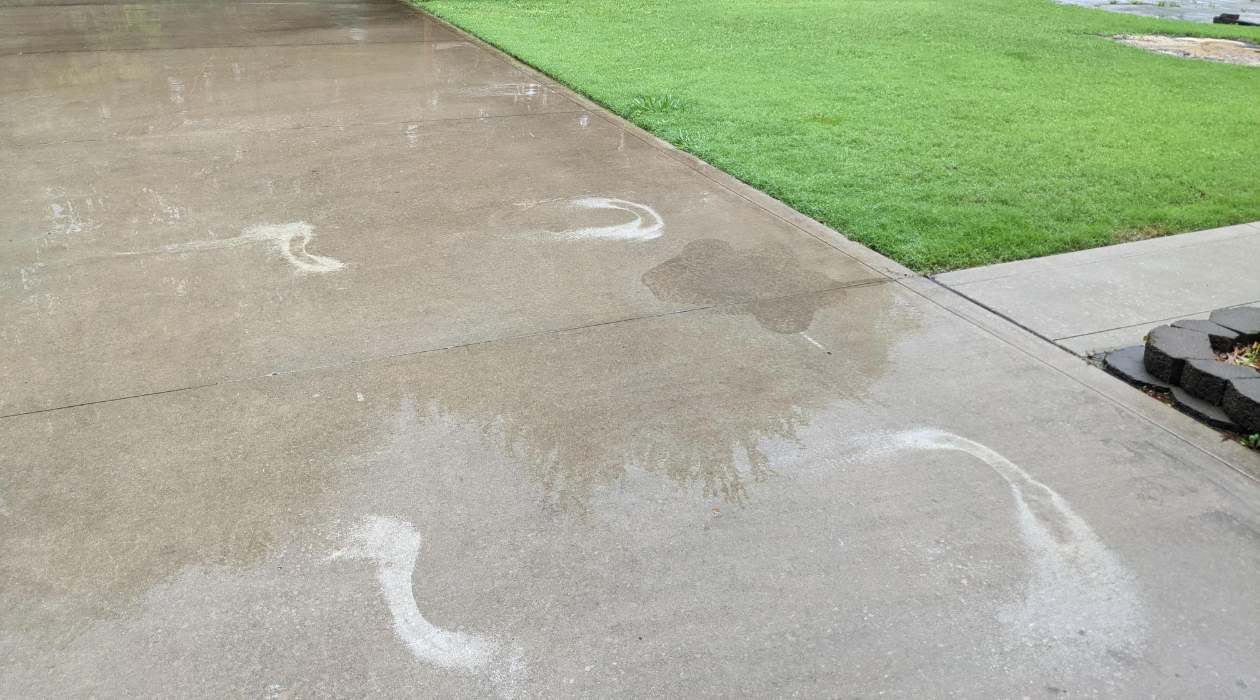
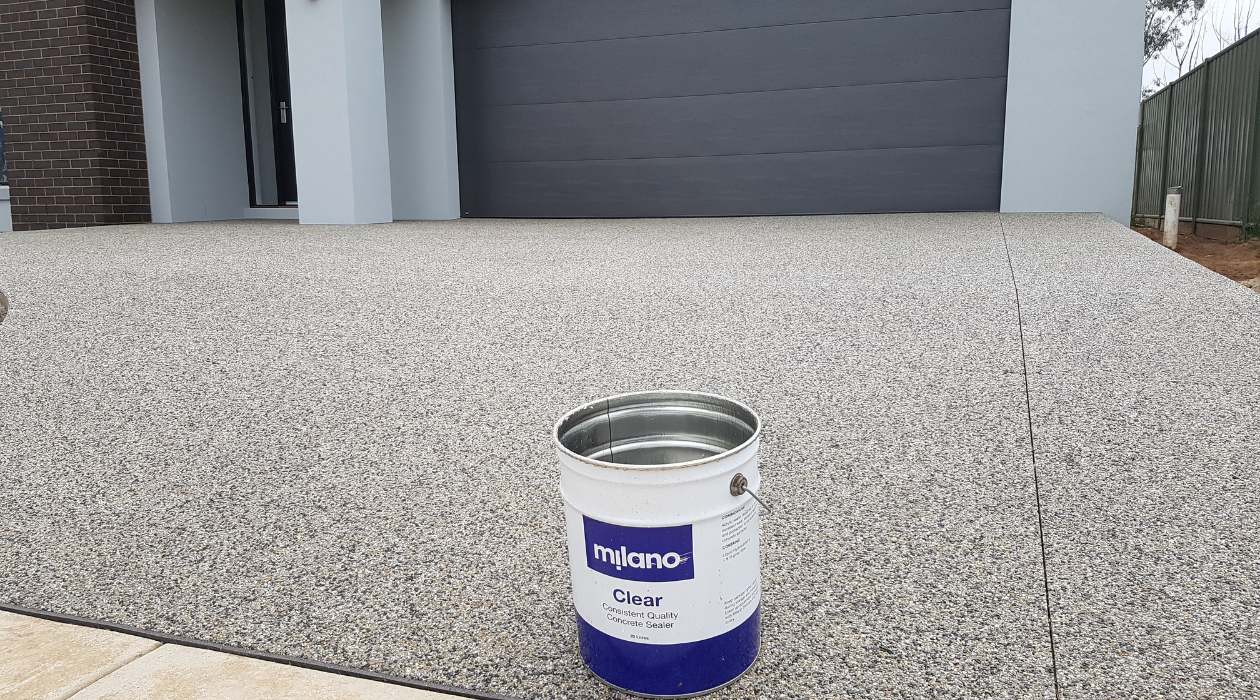
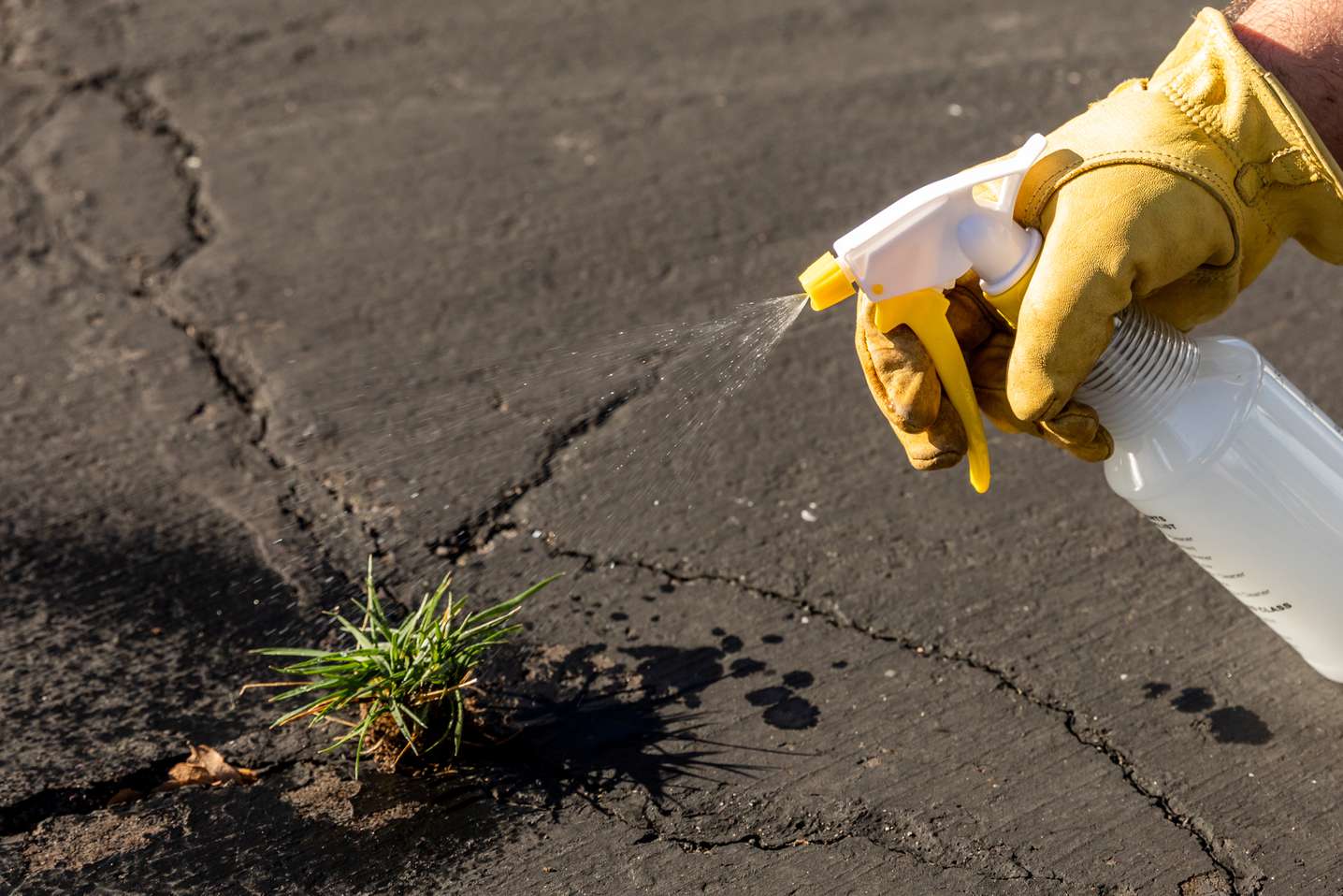
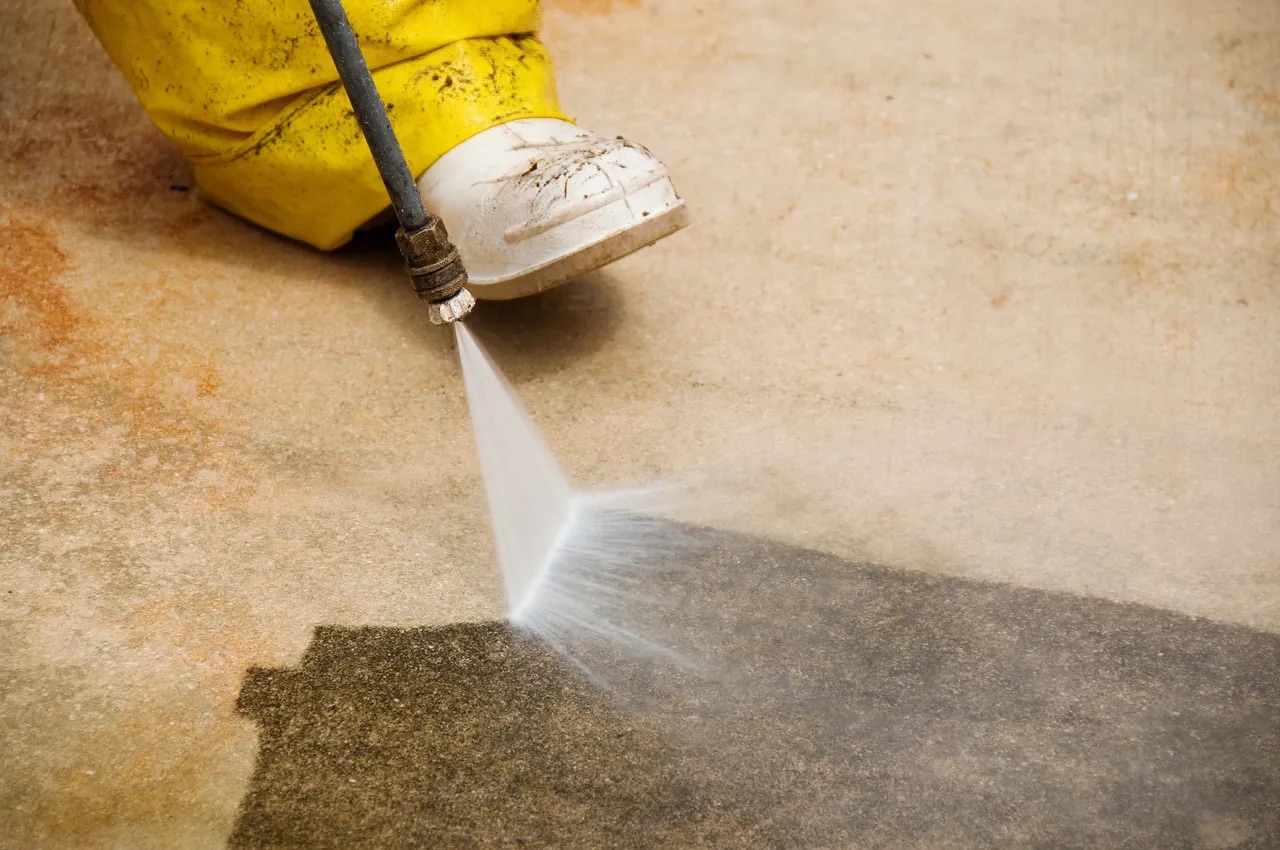
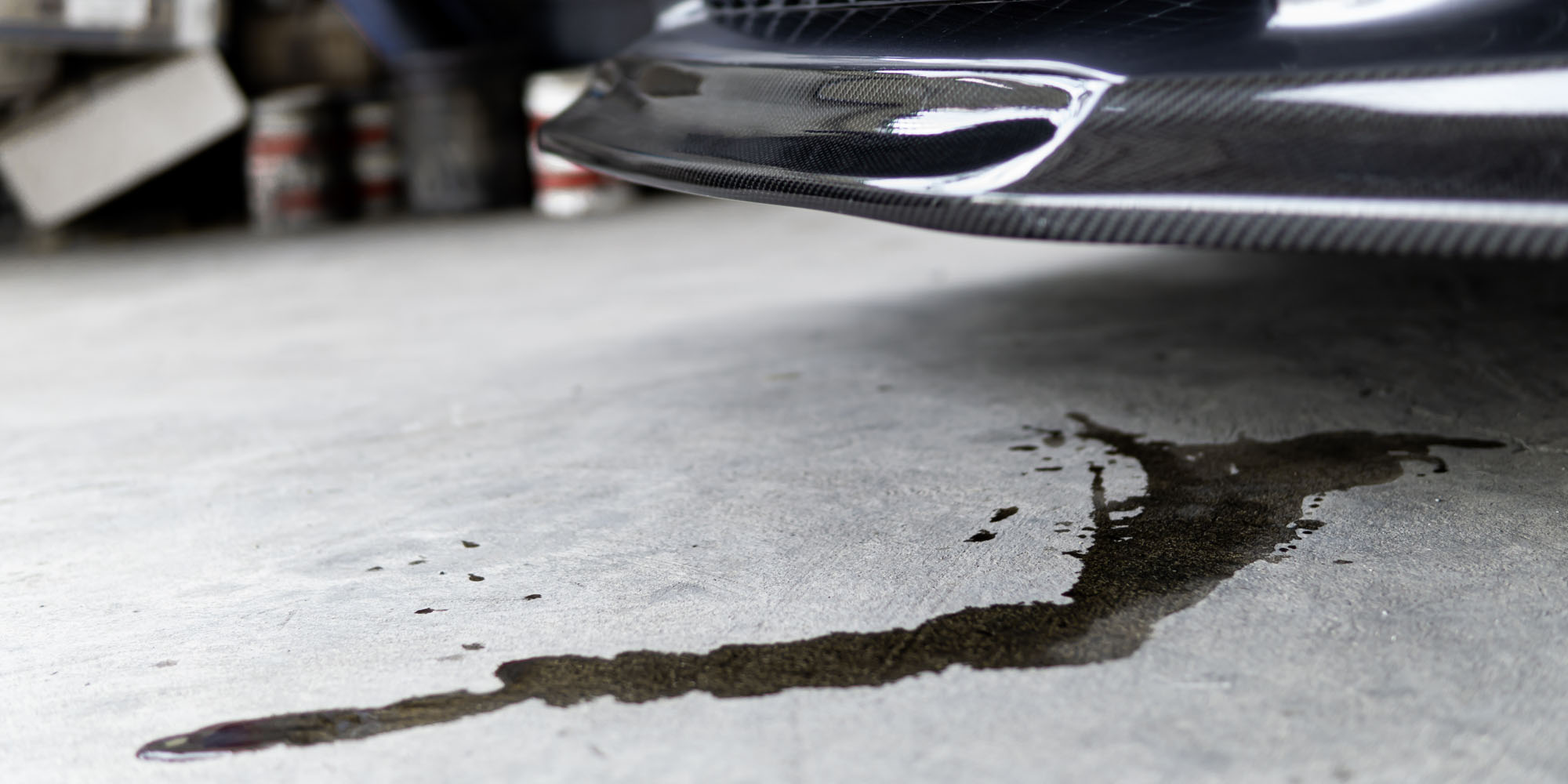
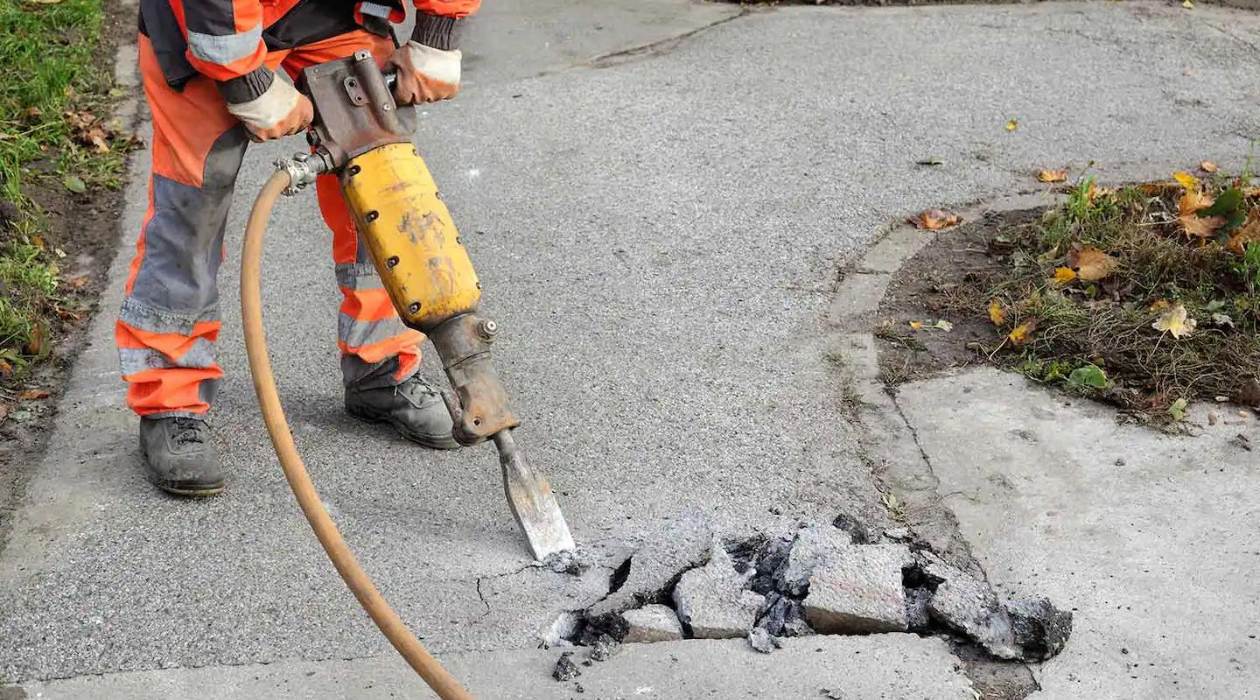
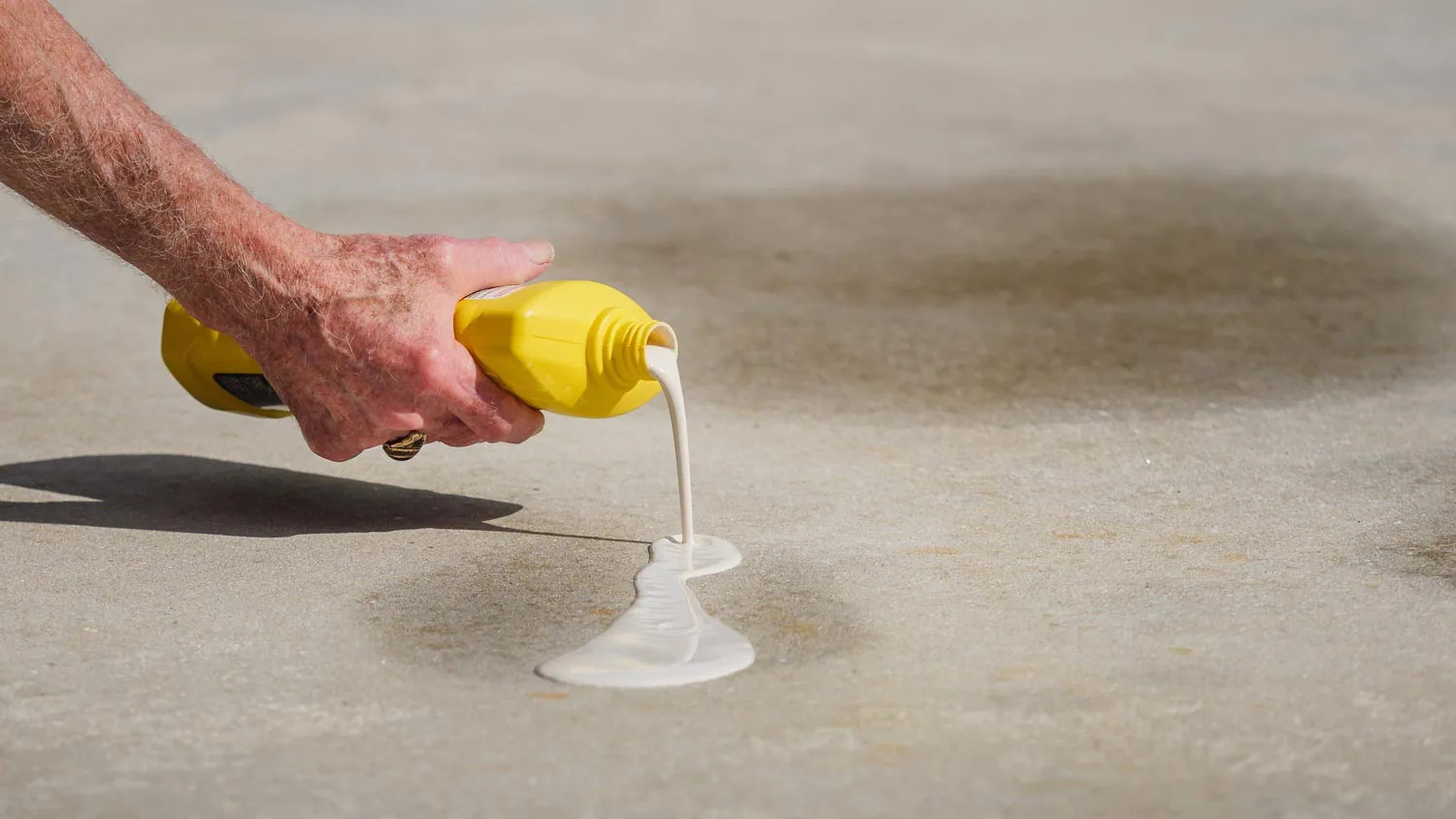
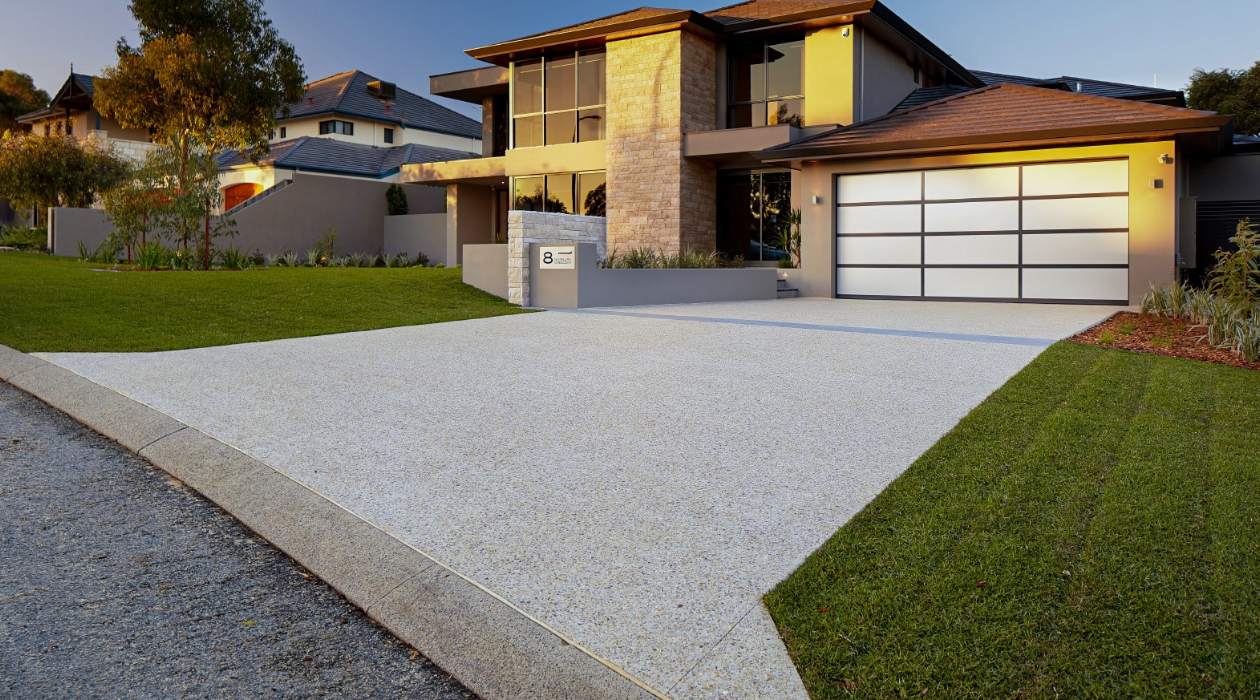
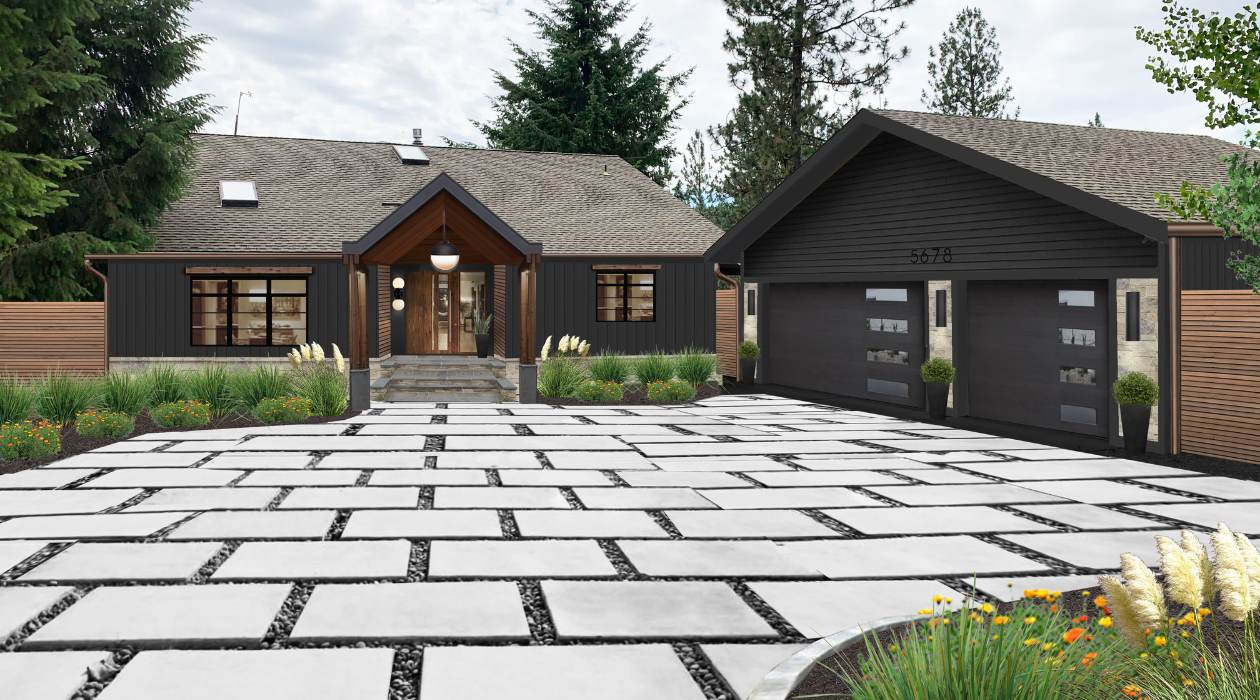
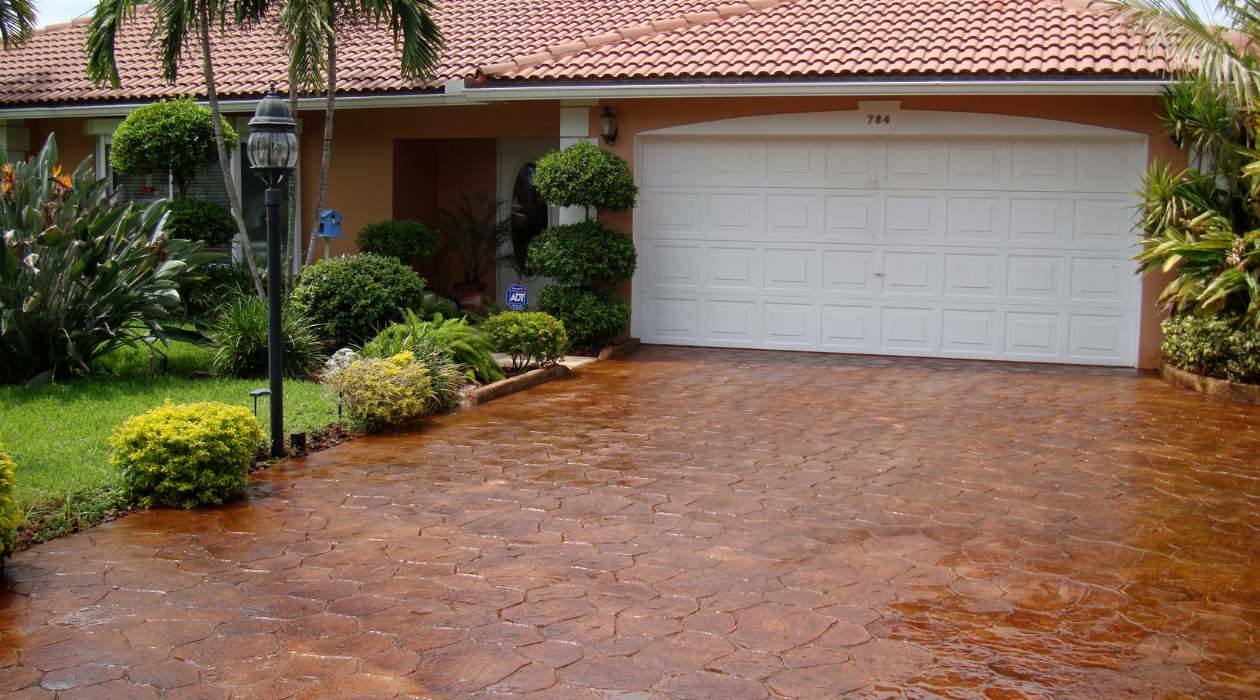
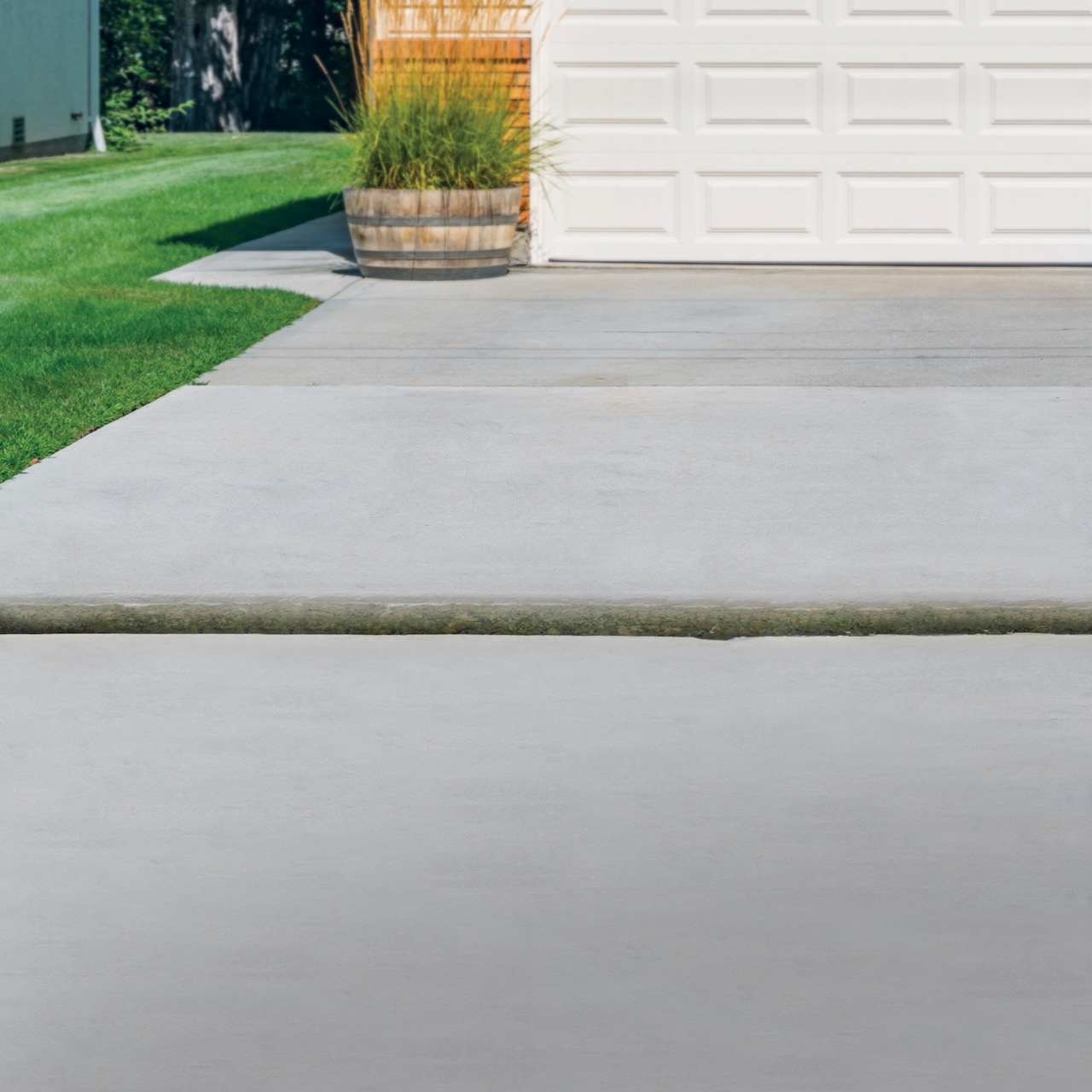
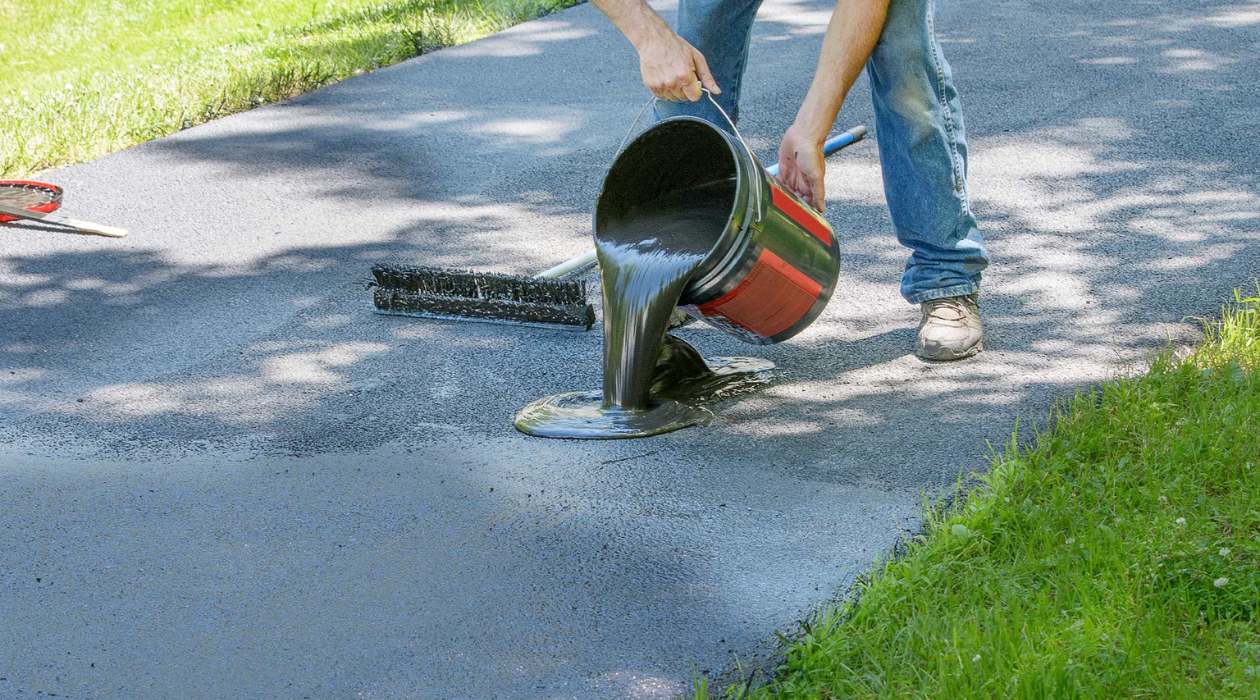
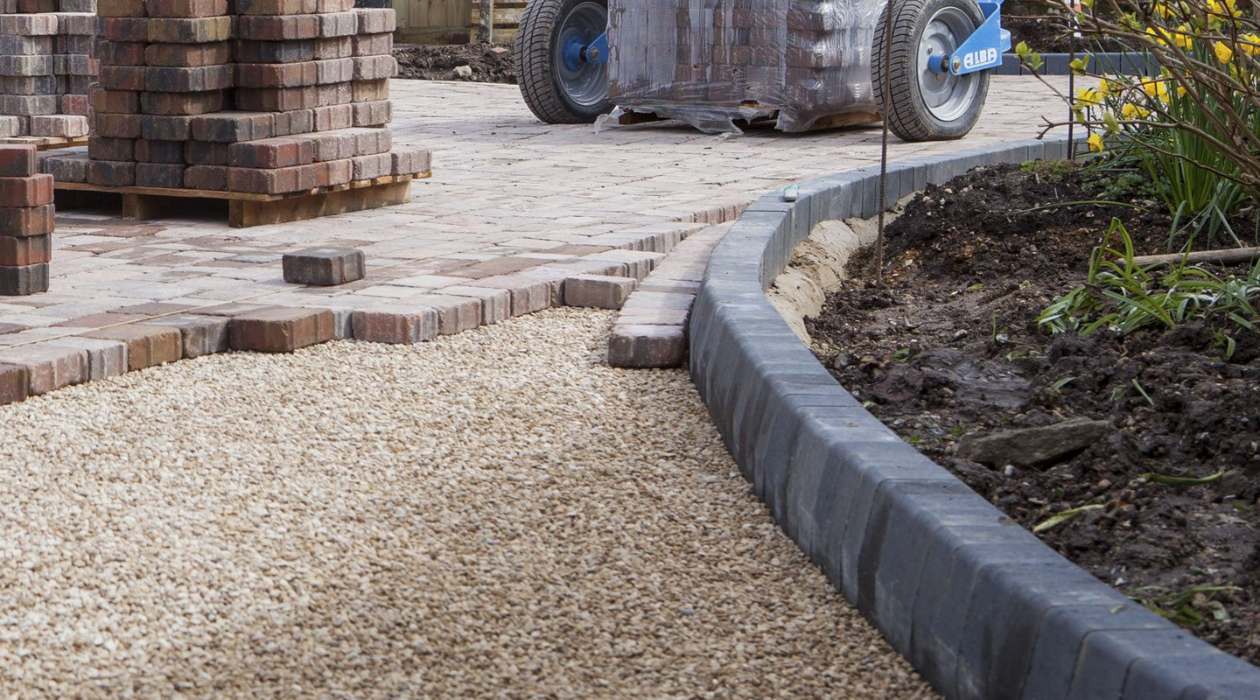

0 thoughts on “How To Remove A Driveway”